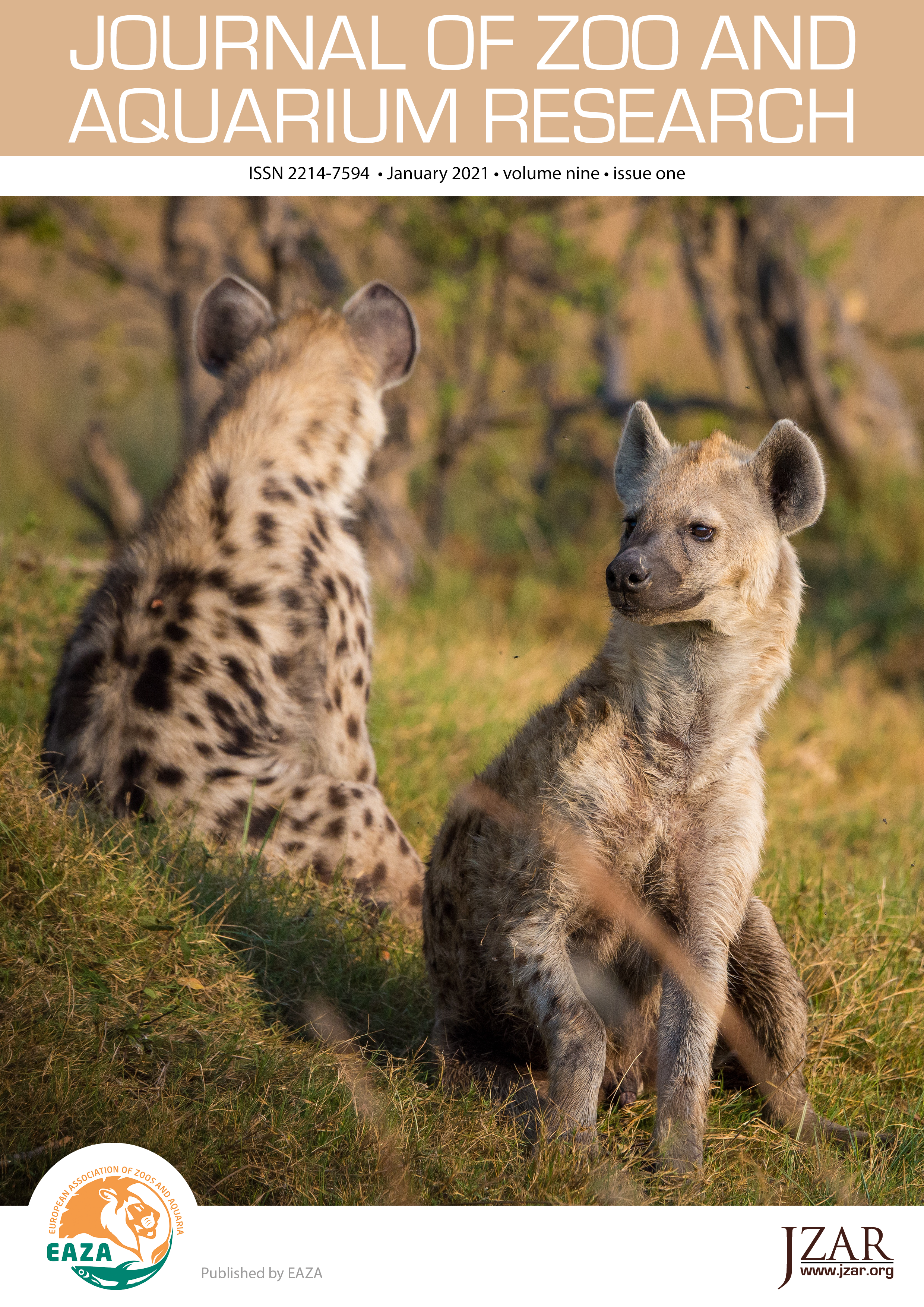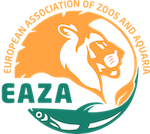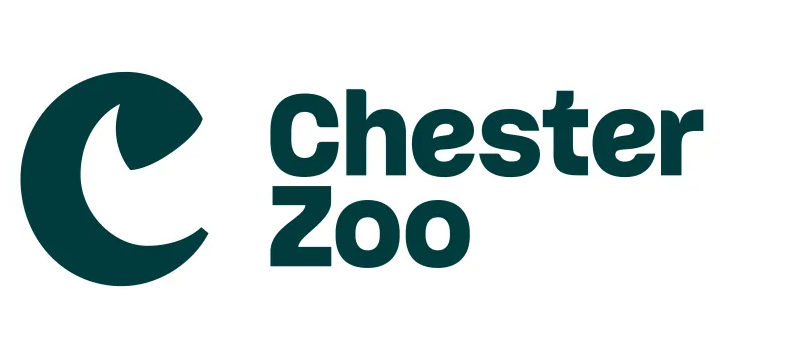Quantification and risk factor analysis of elephant endotheliotropic herpesvirus-haemorrhagic disease fatalities in Asian elephants (Elephas maximus) in Europe (1985-2017)
DOI:
https://doi.org/10.19227/jzar.v9i1.553Keywords:
EEHV, risk factor analysis, sex, transport, weaningAbstract
Elephant endotheliotropic herpesvirus-haemorrhagic disease (EEHV-HD) is frequently stated to be the most common cause of death in captive Asian elephant Elephas maximus populations in Europe and North America. However, the impact on the European population has not been quantified. The aim of this study was to quantify and describe EEHV deaths in Asian elephants in Europe between 1985 and 2017, and to evaluate potential risk factors. Asian elephants born in the study period were tracked for eight years, or until death, depending on which occurred first. Excluding stillborn and perinatal deaths (<1 day old), 44 elephants died within the study period. EEHV-HD accounted for 57% of these cases, and was therefore the most frequent cause of death. While all known Asian elephant endemic EEHV-genotypes were represented, EEHV-1A was responsible for 80% of EEHV deaths. The median age of EEHV fatalities was 2.6 years and there was no difference in risk between males and females. The only significant risk factor for EEHV death, analysed using Cox regression analysis, was an institutional history of a previous EEHV death. Importantly, exposure to new elephants was not associated with an increased risk of EEHV death.
Downloads
Published
How to Cite
Issue
Section
License
JZAR fulfils the DOAJ definition of open access and provides free and open access to the full text of all content without delay under a Creative Commons licence. The copyright holder of JZAR publications grants usage rights to third parties, allowing for immediate free access to the work and permitting any user to read, download, copy, distribute, print, search, or link to the full texts of articles.







